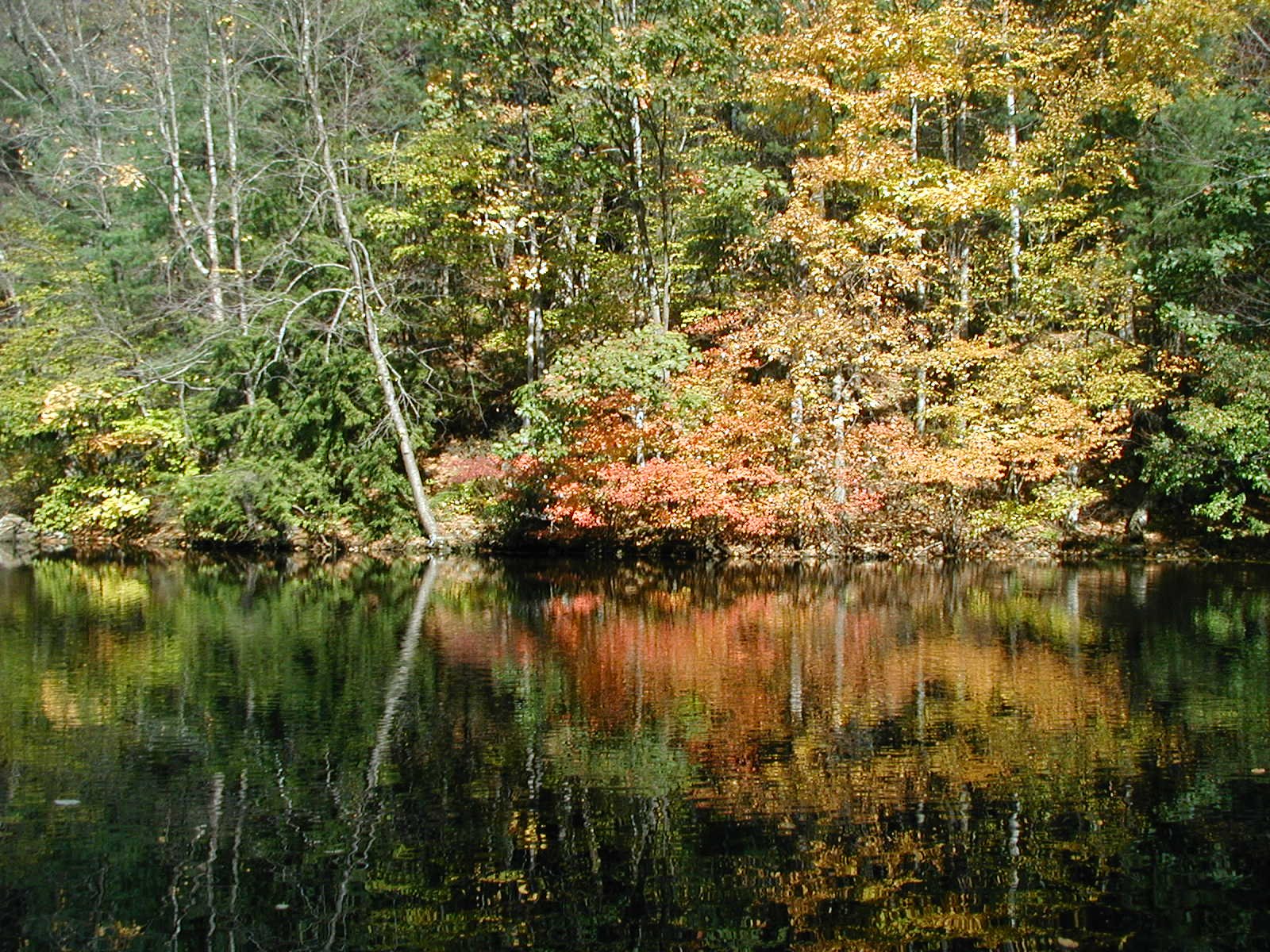Autumn Tree Service in Connecticut
Autumn Foliage in Connecticut: Healthy Trees Look Beautiful
As trees are getting ready for their long winter’s nap, now is a good time to help them prepare for the cold temps, biting winds, and long nights ahead.
Autumn Foliage in Connecticut: How Trees Come to Be So Beautiful
As days grow shorter and sunlight decreases, trees respond by slowing down the production of food through photosynthesis. Chlorophyll is key to this process. Chlorophyll breaks down in the leaves and the other colors that have been present all along can take center stage. Maple trees never seem to disappoint with their ability to show off vibrant reds.
The display of reds, yellows, and oranges that appears across the hills and valleys of the eight counties in Connecticut — Fairfield, Hartford, Litchfield, Middlesex, New Haven, New London, Tolland, Windham — attract tourists and inspire idyllic afternoons accented with pumpkins, apple cider, and warm clothes.
The science behind the color change is straight-forward and herald the process by which trees prepare to survive winter. Wide leaves such as those on oaks can spell disaster for trees as snow and ice accumulate on the surface and stress branches and even the tree trunk with extra weight. (Remember the early blizzard of 2011? Too many homeowners lost beloved trees.)
Food for Thought: Do Trees Need Fertilization in the Autumn
The question is, “Should I feed my trees before winter sets in?” The answer is more complex.
As leaves fall, trees don’t get food from the sun in the way they do through the warmer months. However, they also need less food as they go dormant — similar to how animals like bears take it easy and don’t need the same amount of food compared to active periods. There are several factors to consider when answering the question, including the type of tree, the nutrients already available in the soil around the tree, and, if you were to provide food, what type to purchase.
As you decide how to move forward, take a page from the doctor’s oath: first, do no harm. Second, get a free consultation from a qualified, licensed arborist. A short walk around the yard, talking about trees with a professional, can provide invaluable insight into what trees need and why.
Tree Service: How a Little Information Can Be a Big Gain
Just as people take advantage of an annual exam to identify potential problems early, an annual exam can save a tree from disease, injury, and even death.
A tree that looks healthy may be weak in some way and require cabling to stabilize limbs. It may be necessary to prune branches to encourage healthy growth and remove dead wood. Cutting a heavy piece of wood is always preferable to allowing it to fall in response to cold temps or a blizzard; control is key to ensuring that homes, cars, and even people are not in the way when that limb lands.
An appointment with a professional arborist takes little time to arrange and just a few minutes to enjoy. Yes, a quick chat with a knowledgeable person who loves trees can be educational, fun, and possibly a very wise financial move. Taking care of trees can save money and the lives of these amazing specimens, many of which live for more than 100 years with the right care.
Enjoy your fall!
